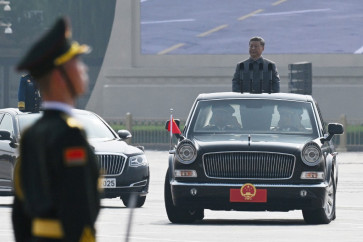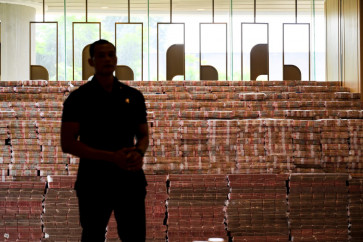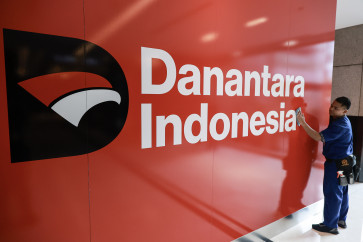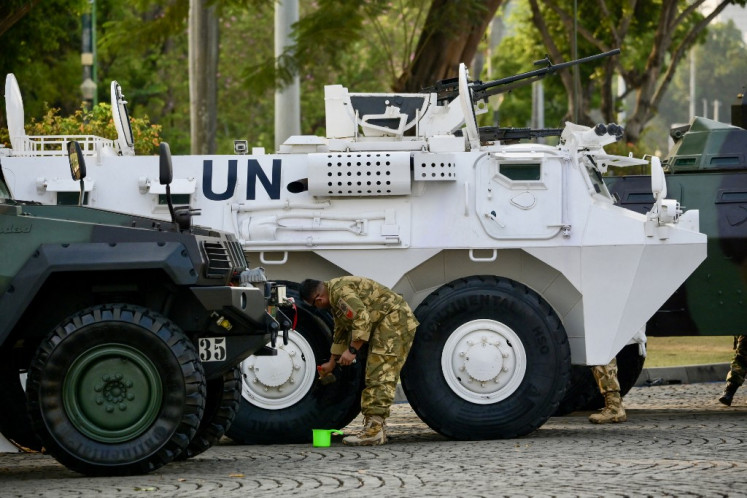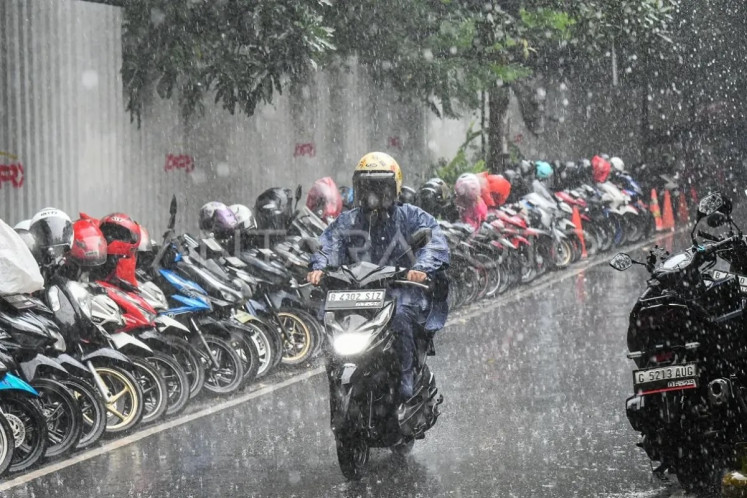Popular Reads
Top Results
Can't find what you're looking for?
View all search resultsPopular Reads
Top Results
Can't find what you're looking for?
View all search resultsWhy should we use national ships for CPO, coal exports?
The trade minister has issued a regulation requiring exporters of crude palm oil (CPO) and coal to use national ships
Change text size
Gift Premium Articles
to Anyone
T
he trade minister has issued a regulation requiring exporters of crude palm oil (CPO) and coal to use national ships. According to the regulation, the requirement will be effective as of May 1.
However, there is no clear decision yet as to whether the regulation will actually be enforced, given the inadequate capacity of the national fleet to shoulder all exports of CPO and coal. Either way, this regulation is a major call for us to rethink what it takes to be competitive in the world market.
According to data from the Transportation Ministry, the current capacity of the national shipping industry is far smaller than that of foreign fleets operating in Indonesia. The national capacity amounted to 67.23 million tons in 2016, while the capacity of foreign fleets is almost 15 times greater at 976.2 million tons.
Meanwhile, Central Statistics Agency (BPS) data show that our exports of CPO and coal reached 374.9 million tons in 2016 and 397.7 million tons in 2017. This points to a huge gap in the provision of transportation services should exporters have to rely solely on national ships.
In addition, there are other important aspects. Exports may require bigger ships and certain cargo conditions. If CPO and coal exporters are only allowed to use national ships, then matching of supply and demand should be facilitated. The exporters as the demand side should have the commodities transported in the most cost-efficient way and receive reliable services.
Meanwhile, shipping companies as the supply side should provide excellent services in terms of both price and quality in a way that is profitable enough for them to grow to become globally competitive. Such coordination is, unfortunately, still missing.
It is therefore fair to question whether this regulation is worth it. Does the benefit outweigh the cost? Most importantly, how does it affect our competitiveness in the globalized world?
The regulation states that the government acknowledges the need to give national shipping firms (and national insurance companies) opportunities to benefit from our international trade. Some news outlets reported that the goal was to reduce the deficit in the services trade balance, which contributes to our current account deficit.
Indeed, trade in services recorded a deficit of US$7.9 billion in 2017. Yet, data from Bank Indonesia show that this balance has been consistently in deficit since 2004. Let us look closer at the balance for freight services. The export side of this balance represents services delivered by the national shipping industry to foreigners. It amounted to $1.28 billion in 2017.
Meanwhile, the import side represents services delivered by foreign ships to Indonesian firms. It amounted to $6.9 billion in 2017. Thus, we get a net deficit of $5.58 billion as the balance of trade in freight services, which accounts for 71 percent of the deficit in the services trade balance. Meanwhile, Indonesia recorded an overall current account deficit of $17.3 billion. Hence, the deficit from freight services accounted for 32 percent of the current account deficit.
Is that bad for our competitiveness in the global market? Definitely not. We should embrace the fact that we now live in an integrated world. Countries add up value layer by layer in global value chains (GVCs). Naturally, parts and components cross borders several times before they are assembled to final goods and reach consumers. We no longer live in a world where we simply trade spice for cloth. “Made in the World” has become more relevant than ever.
What matters now is how we can be part of these chains and benefit from integrating with the global market. Due to GVCs, trade is sensitive to costs. A 2017 study by Antras and de Gortari shows, for example, that as goods cross borders several times, trade costs accumulate from upstream to downstream. Meanwhile, decision to source input from downstream to upstream becomes tighter, as downstream firms can choose from third-country upstream suppliers.
In order to stay competitive, we should reduce trade costs to a minimum. Our main export commodities, namely CPO and coal, are relatively homogeneous products. Thus, it is hard to obtain a margin through differentiation from other product varieties. This implies that we are a price taker in the world market. Hence, the burden of trade costs will be passed through more to our producers.
How big are these trade costs faced by our exporters in reaching their main markets compared to our nearest competitors? Using data from the Organisation for Economic Cooperation and Development (OECD) on the cost, insurance and freight (CIF) margin (the difference between prices of goods at the importer end and the prices charged by exporters, relative to the former) as a proxy of trade costs, this margin is 0.12 for Indonesian CPO exporters to reach China and India.
Meanwhile, it is 0.11 for Malaysian CPO exporters to reach the same destinations. One percentage point looks trivial, but it is not if we consider a value of $22.9 billion of our exports of CPO. For coal, this margin is 0.186 for Indonesian exporters to reach China. It is 0.155 for Australian exporters. Having a 3 percentage point markdown on the price our exporters receive is not insignificant, especially relative to the $21 billion value of our coal exports.
The brief illustration above shows what is involved in realizing our comparative advantages. It includes efficient and reliable transportation and logistics, seamless processes at ports, competitive insurance and finance, etc. In short, our exporters need to get access to the best service providers — be it national or foreign ones.
In 2017, CPO and coal accounted for 28 percent of our non-oil and gas exports. Even during the era of low commodity prices, these two commodities contributed $44 billion to foreign exchange receipts in 2017. This is more than six times the value of imports of transportation services incurred due to the use of foreign ships by Indonesian firms.
Jeopardizing exports of our comparative advantage, such as CPO and coal, may reduce their power to improve current account. The goal of the regulation to close the current account deficit by decreasing imports of transportation services may actually be a boomerang that kills our main motor in the global market.
________________________
The writer is a PhD student of economics at the University of California Davis who focuses on international trade.


